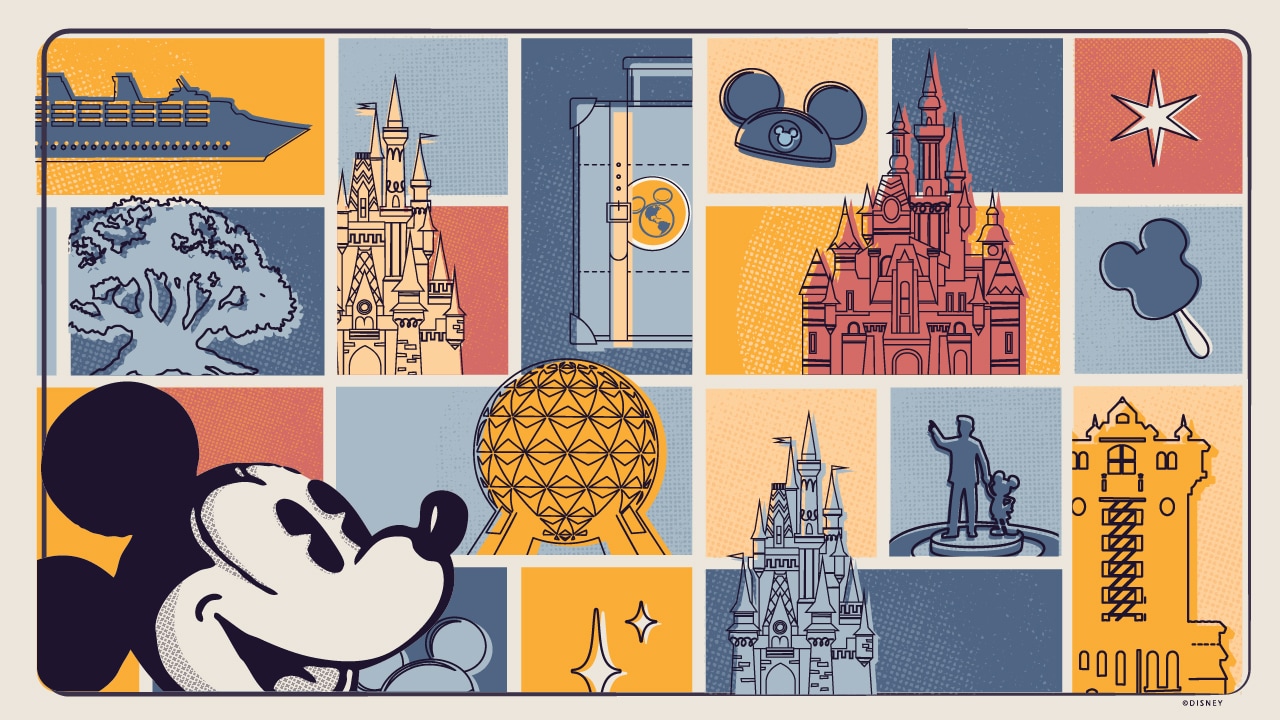At National Geographic Live, we’re thrilled to celebrate Wildlife Conservation Day. Our spectacular group of 37 experts bring you up close and personal to the front lines of exploration and their work around the world. They share extraordinary behind-the-scenes tales alongside gripping footage and astonishing imagery that transport you to the furthest corners of the globe. The remarkable and distinct shows these experts bring to life on stages across the United States and Canada are not only engaging and educational, but they spark curiosity, invite imagination, and illuminate the environment around us.
We recently had the opportunity to speak with five of our marvelous experts who generously shared their perspectives about protecting wildlife and our natural world, and what they hope you will take away from seeing them in a city near you.
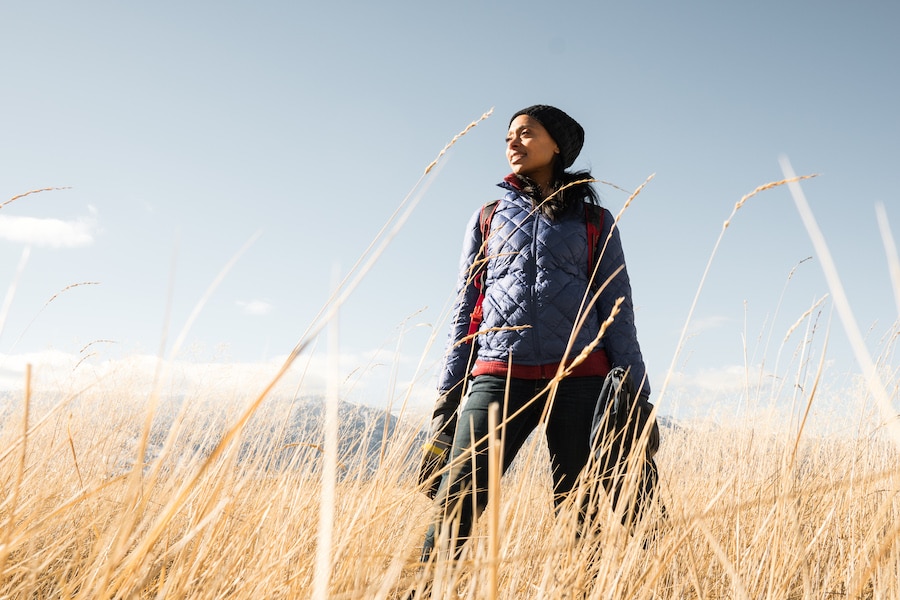
Credit: Tsalani Lassiter 
Credit: Michael Nichols-National Geographic Creative
Dr. Rae Wynn-Grant, a large-carnivore ecologist and a scientist with multiple grants from National Geographic Society, works to protect and restore iconic wildlife populations, including North American black and grizzly bears.
Dr. Wynn-Grant says the main goal of her show “The Secret Life of Bears” is to show everyone a little peek into the day in the life of a wildlife ecologist so they can see what’s interesting or relatable to them. “Everyone can play a role in conservation – and even work in the conservation field – but often folks think that conservationists are this untouchable group. I want people to see that the main criteria for working in conservation is passion. That’s the only thing you have to have.”

Credit: Felis Images 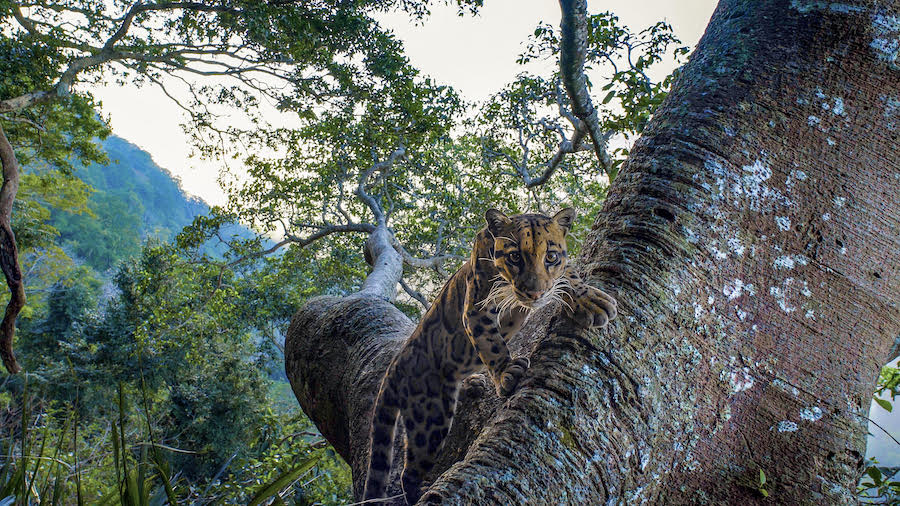
Credit: Sandesh Kadur 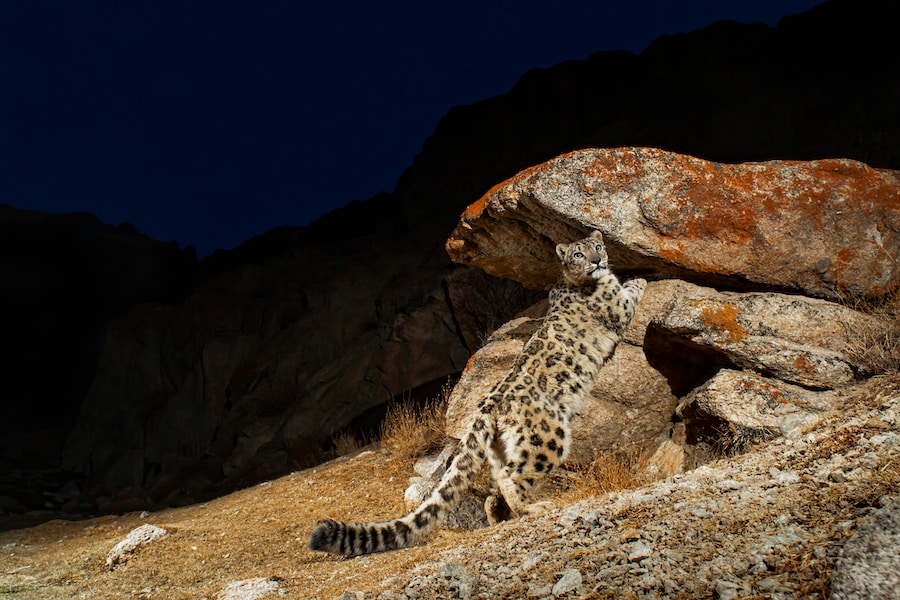
Credit: Sandesh Kadur
Sandesh Kadur, BAFTA Award-winning filmmaker and National Geographic Fellow will excite National Geographic Live audiences for the first time with his “Wild Cats of India” show. Home to an unmatched diversity of wild cats, India’s landscapes span the towering Himalayas, arid plains and dense jungles. While many of the big cats are well-known and thoroughly documented, Sandesh is on a mission to highlight the country’s lesser-known felines such as the tiny, grumpy-faced Pallas’s cat.
“As humankind, I believe, we are natural born storytellers. Educators can empower young people to be storytellers by letting them explore the world outside and reflect on themselves,” says Sandesh “My storytelling approach is first to find a story that has potential to create impact that can lead to positive long-term change.”
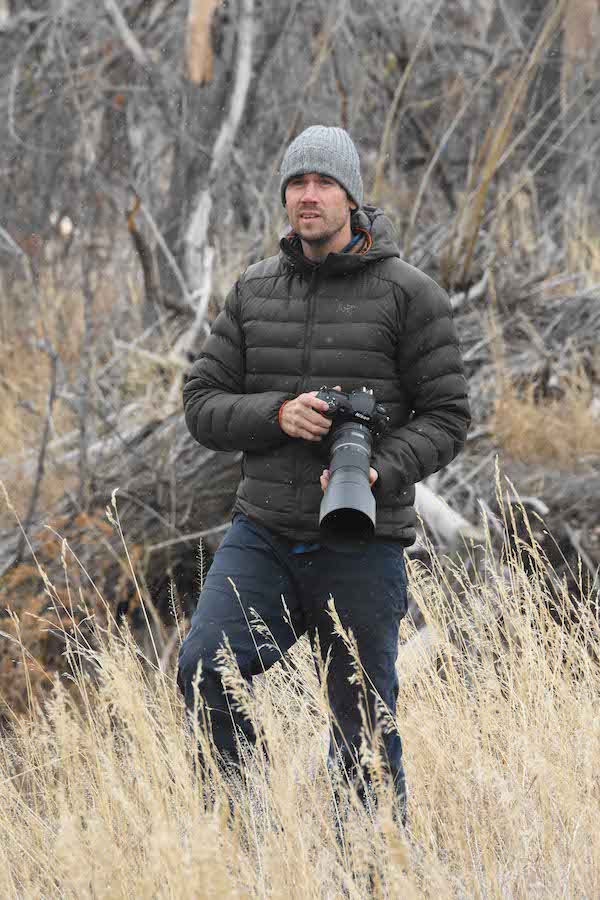
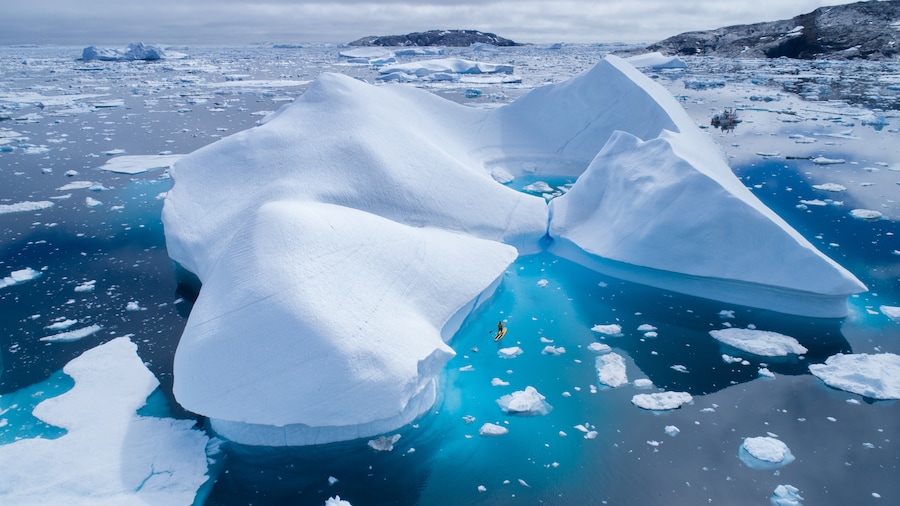
Emmy-nominated director, adventure photographer and filmmaker Keith Ladzinski, whose work today focuses on natural history and the climate, is renowned for his ability to get the shot in some of the world’s most inaccessible and inhospitable environments. Whether chasing storms, getting up close and personal with wildlife or documenting extreme feats of adventure, his fearless spirit leads him to the farthest reaches of all seven continents with his show “Force of Nature.”
To better protect wildlife and promote conservation, he says doing our own individual part has never been more important. “Plant native species in your yard because they require less water and are adapted to that environment; hang bird feeders at your home if possible; avoid plastic whenever possible; and support conservation organizations that positively help wildlife and wild spaces.”
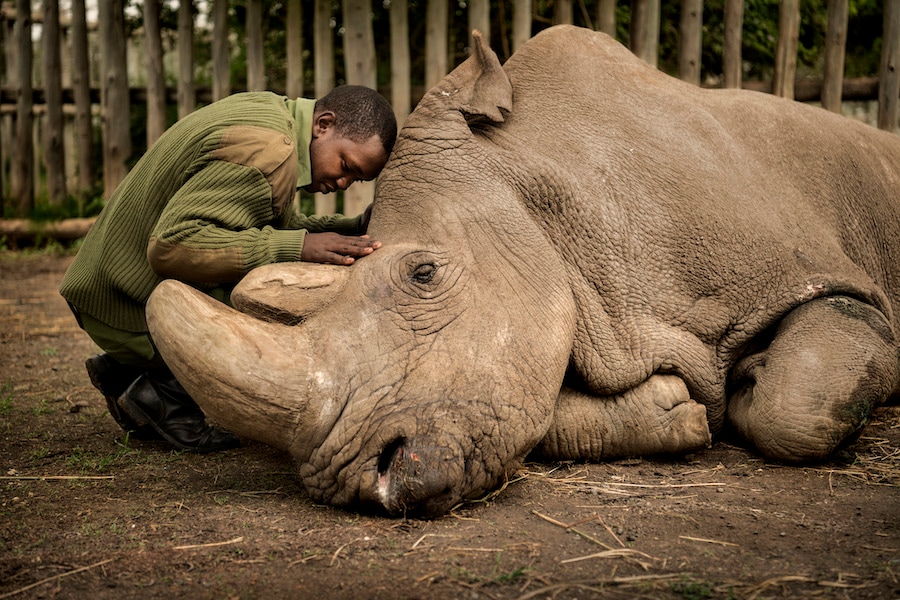
Credit: Ami Vitale 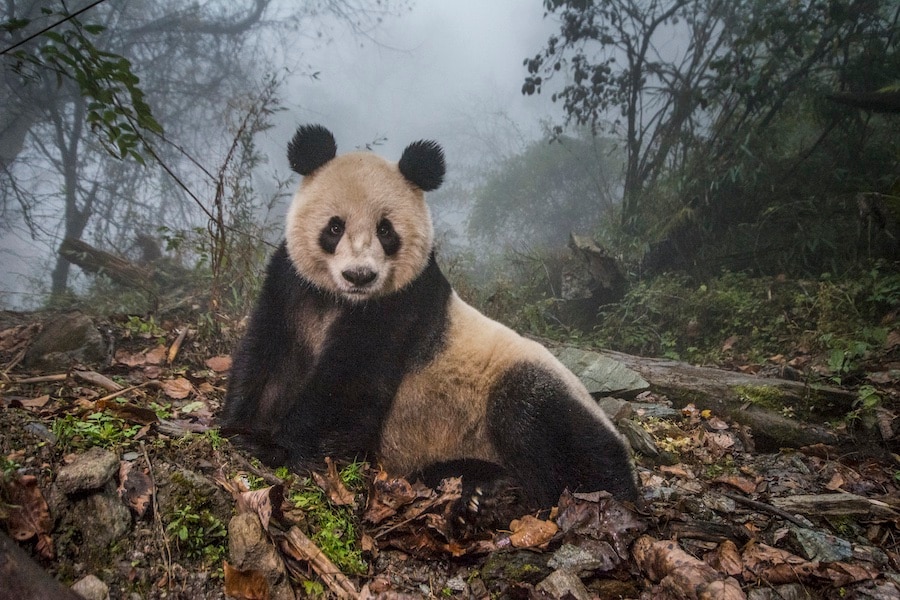
Credit: Ami Vitale
National Geographic photographer and filmmaker Ami Vitale has lived in mud huts and war zones, and she shares her personal journey in “Wild Hope.” Her award-winning work illuminates the unsung heroes and communities working to protect our wildlife and find harmony in our natural world. At her shows, you can hear Ami’s captivating stories of rescuing northern white rhinos from extinction, reintroducing captive-born giant pandas to the wild and inspiring stories about Kenya’s first indigenous-owned and run elephant sanctuary.
“Planet Earth is our only home,” Ami says. “All of us have the ability to ignite action to help shape the world we want to live in. Do all you can to care for the plants and critters that inhabit the earth as well as the people caring for them. The truth is that saving the planet begins at home. Find out what needs to be done in your backyard, and offer your energy, skills, and enthusiasm.”

Credit: Andy Mann 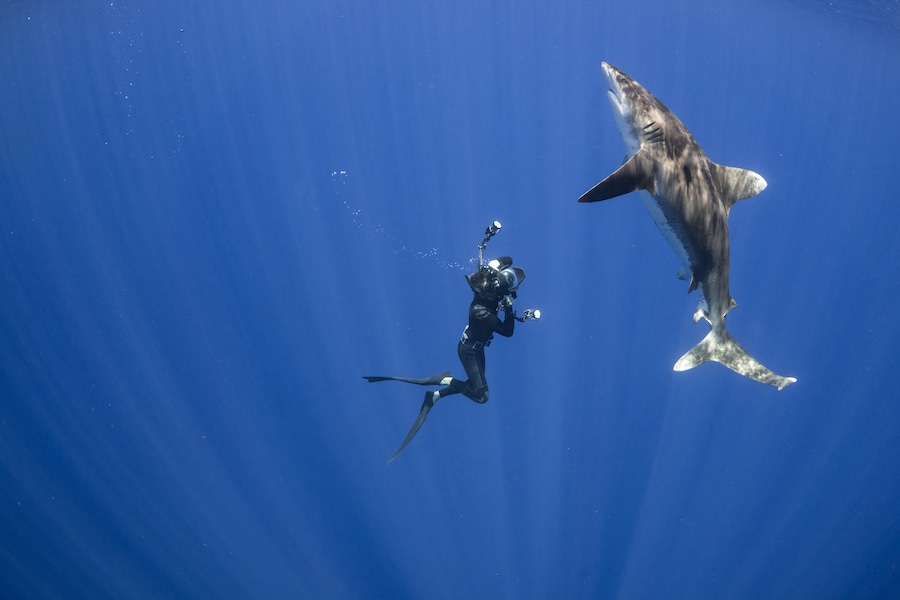
Credit: Andy Mann
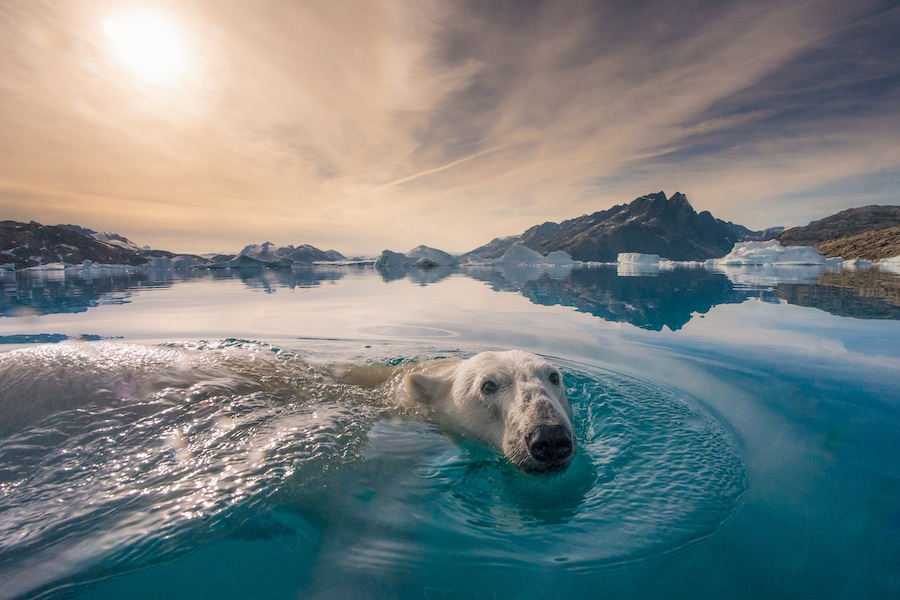
Photographer and filmmaker Andy Mann, who for over a decade has been a forerunner in the world of adventure film and conservation photography, uses his work to bridge the gap between science and policy. From his early days as a rock climber to his current passion documenting the critically endangered oceanic whitetip shark, his stunning images presented in his “From Summit to Sea” show tell the story of our rapidly changing planet, from top to bottom.
Andy says, “The power of storytelling cannot be underestimated. Because anytime we become a voice to the voiceless, and let beauty and grace speak on behalf of our amazing oceans, someone, somewhere in the world, who would otherwise maybe never get to experience our wild planet, will now dream of it. If I can help spark the interest of a future ocean lover, then I’ve planted the seed for a new ambassador for our planet.”
Sandesh later added, “The most powerful thing in the world is a story. The more people we can influence, the further our conservation efforts will reach.”
To see where Rae, Sandesh, Keith, Ami and Andy are visiting in the coming months or learn more about National Geographic Live and our upcoming events, visit our website.
